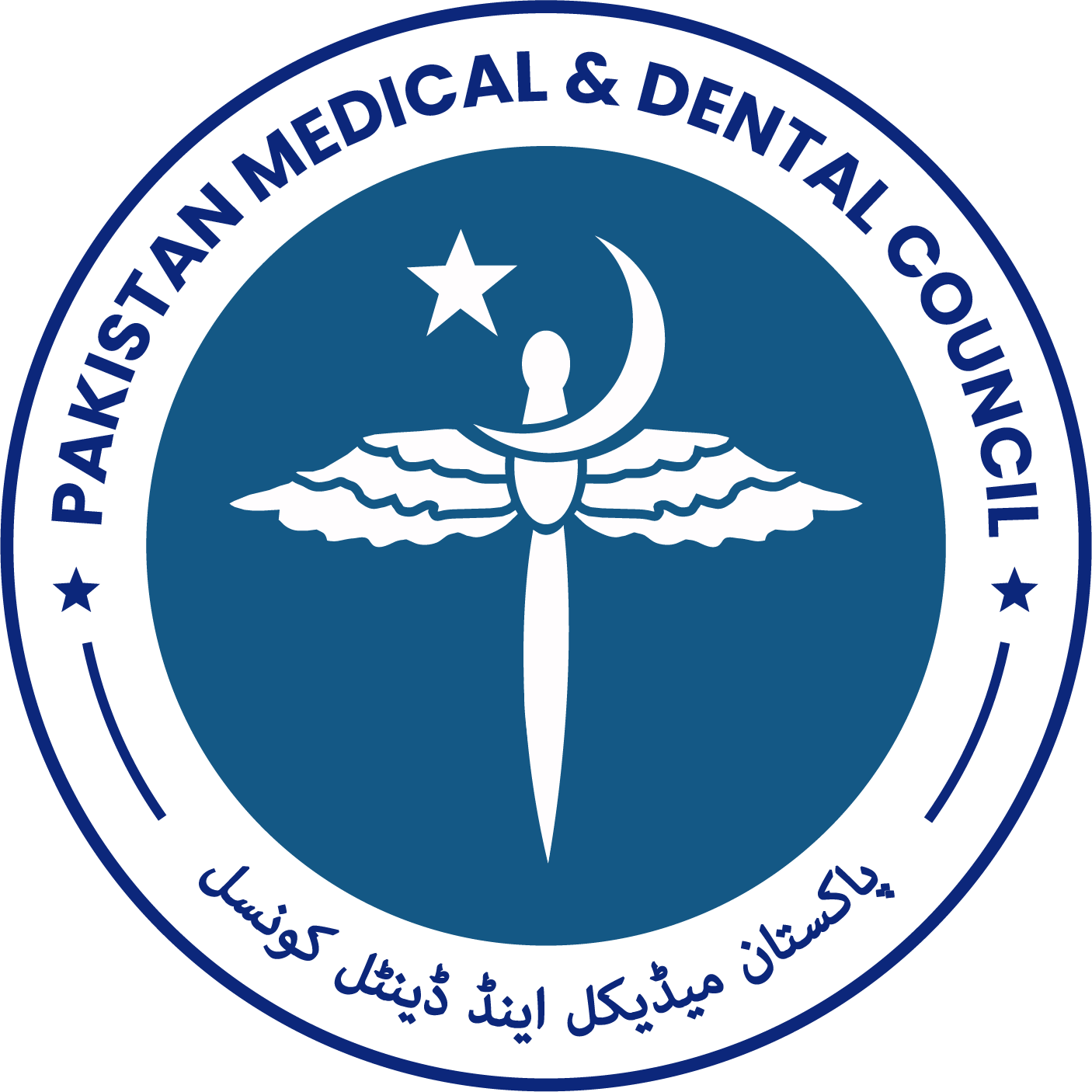Impact of Jaw Functional Status on Neck Flexor Endurance among Females
DOI:
https://doi.org/10.53685/jshmdc.v4i1.111Keywords:
Neck flexors, Jaw functional status, Endurance test, FemalesAbstract
Background: Opening and closing of the mouth, biting, and chewing are all sensory-motor tasks that require both jaw and neck muscles to be contracted simultaneously. The postural stability of healthy people can be modified by changes in the position of the jaw.
Objective: To determine the impact of jaw functional status on neck flexor endurance among females and also to determine the association of neck flexion endurance with age and BMI.
Methods: It was a cross-sectional study in which the convenient sampling technique was used. It included 32 healthy females between 18-25 years of age. The study was conducted at the skills Lab of Shalamar School of Allied Health Sciences, Lahore. After consent from participants the neck flexor endurance test was performed in two positions: with the resting jaw (position I), and the jaw clenched maximally (position II) in the supine position. Time was recorded by the stopwatch to see how long the participant was able to maintain in these positions. The same test was performed again with five minutes gap in both positions of the jaw.
Results: It shows that there was a significant difference in neck holding time between the resting jaw position and clenched jaw position. After five minutes of rest the neck holding time in both positions was decreased but it was statistically not significant. There was weak and inverse relationship between neck flexion endurance and age (r=-0.0264) and weak but direct relationship between neck flexion endurance and BMI (r=0.283)
Conclusion: The neck holding time in the clenched jaw position is less than the resting jaw position; this shows that a sensory-motor relationship exists between the neck and jaw. Variation in jaw positioning impacts neck flexor endurance.
References
Sun Y, Qin Z, Wan JJ, Wang PY, Yang YL, Yu JG, et al. Estrogen weakens muscle endurance via estrogen receptor-p38 MAPK-mediated orosomucoid (ORM) suppression. Exp Mol Med. 2018; 50(3): e463. doi:10.1038/emm.2017.307. DOI: https://doi.org/10.1038/emm.2017.307
Ghamkhar L, Kahlaee AH, Nourbakhsh MR, Ahmadi A, Arab AM. Relationship between proprioception and endurance functionality of the cervical flexor muscles in chronic neck pain and asymptomatic participants. J Manipulative Physiol Ther. 2018; 41(2): 129-136. doi:10.1016/j.jmpt.2017.08.006. DOI: https://doi.org/10.1016/j.jmpt.2017.08.006
Zafar H, Alghadir AH, Iqbal ZA. Effect of jaw functional status on neck muscle endurance. Arch Oral Biol. 2019; 101: 30-33. doi:10.1016/j.archoralbio.2019.03.001. DOI: https://doi.org/10.1016/j.archoralbio.2019.03.001
Jarman NF, Brooks T, James CR, Hooper T, Wilhelm M, Brismée J-M, et al. Deep neck flexor endurance in the adolescent and young adult: normative data and associated attributes. PMR. 2017; 9(10): 969-975. doi:10.1016/j.pmrj.2017.02.002. DOI: https://doi.org/10.1016/j.pmrj.2017.02.002
Lee SC, Lee YR, Yu SK, Seo DK. Deep neck flexor endurance in university students: normative data and reliability. Physical Therapy Rehabilitation Science. 2018; 7(4):186-190. doi:10.14474/ptrs.2018.7.4.186 DOI: https://doi.org/10.14474/ptrs.2018.7.4.186
Iqbal ZA, Alghadir AH, Anwer S. Efficacy of deep cervical flexor muscle training on neck pain, functional disability, and muscle endurance in school teachers: A Clinical Trial. Biomed Res Int. 2021; 2021: 7190808. doi:10.1155/2021/7190808 DOI: https://doi.org/10.1155/2021/7190808
Lee HJ, Lee YS, Jeong JY, Seo DK. Correlation between tone of suboccipital muscle and endurance of deep neck flexor muscle according to angle changes in college students. J Korean Soc Phys Med. 2019; 14(2): 137-44. doi:10.13066/kspm.2019. 14.2.137 DOI: https://doi.org/10.13066/kspm.2019.14.2.137
Osailan A. The relationship between smartphone usage duration (using smartphone's ability to monitor screen time) with hand-grip and pinch-grip strength among young people: an observational study. BMC Musculoskeletal Disorders. 2021; 22(1): 1-8. doi:10.1186/s12891-021-04054-6 DOI: https://doi.org/10.1186/s12891-021-04054-6
Lourenço AS, Lameiras C, Silva AG. Neck flexor and extensor muscle endurance in subclinical neck pain: intrarater reliability, standard error of measurement, minimal detectable change, and comparison with asymptomatic participants in a university student population. J Manipulative Physiol Ther. 2016; 39(6): 427-433. doi:10.1016/j. jmpt.2016.05.005. DOI: https://doi.org/10.1016/j.jmpt.2016.05.005
Desai N, Ansari AM. Correlation of Intensity of Pain, Functional Disability and Deep Neck Flexor Endurance in Individual with Chronic Non-Specific Neck Pain: An Observational Study. IJHSR. 2022; 7(2): 417-423. doi:10.5240 3/ijshr.20220459 DOI: https://doi.org/10.52403/ijshr.20220459
Böthun A, Häggman‐Henrikson B, Wiesinger B, Wänman A, Hellström F, Österlund C. Jaw–neck motor strategy during jaw‐opening with resistance load. J Oral Rehabil. 2022; 49(5): 514-521. doi:10.1111/joor.13 291. DOI: https://doi.org/10.1111/joor.13291
Alghadir AH, Zafar H, Ahmed Iqbal Z, Anwer S, Iqbal A. Effect of static and dynamic jaw positions on postural stability among people with blindness. Brain Behav. 2022; 12(9): e2645. doi:10.1002/brb3.2645. DOI: https://doi.org/10.1002/brb3.2645
Jo Y-e. The effect of trunk stabilization exercises accompanied by deep neck flexor strengthening exercises on the sitting balance and head alignment of children with spastic diplegia. JKPT. 2022; 26(1): 35-41. doi:10.17817/2022.02. 06.1111715
Yong MS, Lee HY, Lee MY. Correlation between head posture and proprioceptive function in the cervical region. J Phys Ther Sci. 2016; 28(3): 857-860.doi:10.1589/ jpts.28.857. DOI: https://doi.org/10.1589/jpts.28.857
Şekeröz S, AslanTelci E, Akkaya N. Effect of chronic neck pain on balance, cervical proprioception, head posture, and deep neck flexor muscle endurance in the elderly. 2019. Turk Geriatri Dergisi. 22(2): 163-171. doi:10.31086/tjgeri.2019.89 DOI: https://doi.org/10.31086/tjgeri.2019.89
Domenech MA, Sizer PS, Dedrick GS, McGalliard MK, Brismee JM. The deep neck flexor endurance test: normative data scores in healthy adults. PMR. 2011; 3(2):105-110. doi:10.1016/j.pmrj.2010.10.023. DOI: https://doi.org/10.1016/j.pmrj.2010.10.023
Borisut S, Vongsirinavarat M, Vachalathiti R, Sakulsriprasert P. Effects of strength and endurance training of superficial and deep neck muscles on muscle activities and pain levels of females with chronic neck pain. J PhysTher Sci. 2013; 25(9):1157-1162. doi:10.1589/jpts.25.1157 DOI: https://doi.org/10.1589/jpts.25.1157
Lee GC, Lee DY. The effects of deep neck flexor exercise on pain and neck disability index of the patients with chronic neck pain. Journal of the Korea Academia-Industrial Cooperation Society. 2010; 11(11): 4331-4337. doi:10.5762/KAIS.2010. 11.11.4331 DOI: https://doi.org/10.5762/KAIS.2010.11.11.4331
Downloads
Published
How to Cite
Issue
Section
License
Copyright (c) 1970 Mahanoor Shafiq, Qurba Kiran, Arslan Saleem, Hafiz Waseem, Javeria Aslam, Masooma Gull, Kaniz Rabia, Nadia Anwer

This work is licensed under a Creative Commons Attribution-NonCommercial 4.0 International License.
You are free to:
- Share — copy and redistribute the material in any medium or format
- Adapt — remix, transform, and build upon the material
- The licensor cannot revoke these freedoms as long as you follow the license terms.
Under the following terms:
-
Attribution — You must give appropriate credit, provide a link to the license, and indicate if changes were made. You may do so in any reasonable manner, but not in any way that suggests the licensor endorses you or your use.
-
Non Commercial — You may not use the material for commercial purposes.
-
No additional restrictions — You may not apply legal terms or technological measures that legally restrict others from doing anything the license permits.




















